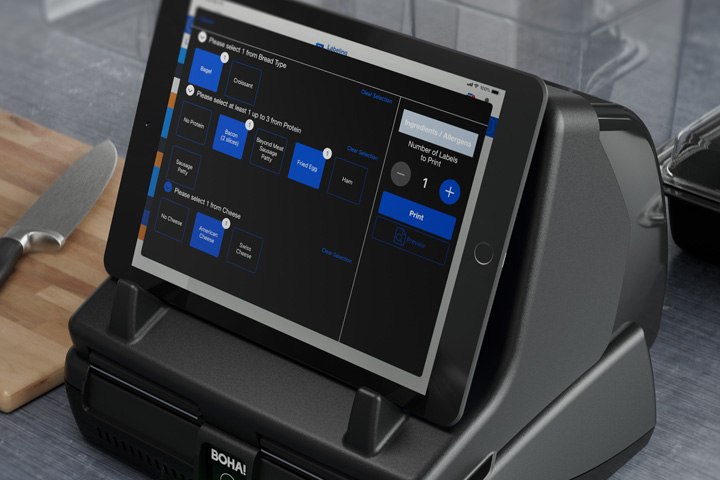It is no secret that some of the largest pain points in the food service industry have been widespread supply shortages, labor shortages, and reduced access to skilled talent. In their 2022 Global Restaurant Trends Forecast, Technomic predicts that “2022 is all about labor, supply disruption, and inflation.” In other words, these issues aren’t going away any time soon. So, how should the industry adapt and find effective solutions to these problems?
Reducing cost of labor
According to the National Restaurant Association’s 2022 State of the Restaurant Industry report, eight in 10 operators say that labor costs are higher and will likely continue to rise in 2022. This means that every hour of each employee’s day has become more valuable. Labor concerns are also heightened by the fact that the restaurants-and-accommodations sector had 1.7M job openings as of mid-2021.
By utilizing back-of-house technology, employees in the foodservice industry have seen a significant reduction in the time it takes to complete necessary tasks. For example, implementing technology saved retailers 16.5 hours a month, per location, by digitizing checklists. For accurate date code and FDA Compliant Grab n’ Go labeling, retailers saved two hours each day by automating label creation and printing. When employees are so hard to come by, every minute counts.
Addressing supply shortages
In the same 2022 State of the Restaurant Industry report, the National Restaurant Association found that 96% of operators experienced supply delays or shortages of key food or beverage items in 2021. As a result, minimizing food waste has become paramount in cost reduction and managing supply shortages.
Over 85% of food loss and food waste issues are caused by temperature and time. By using remote temperature sensors, operators can be notified of real-time temperature changes before any food spoils or becomes unusable. This is especially important with cold storage products such as meat or dairy, where there is a maximum of two hours to remedy an “out-of-range” temperature before that food must be disposed of.
